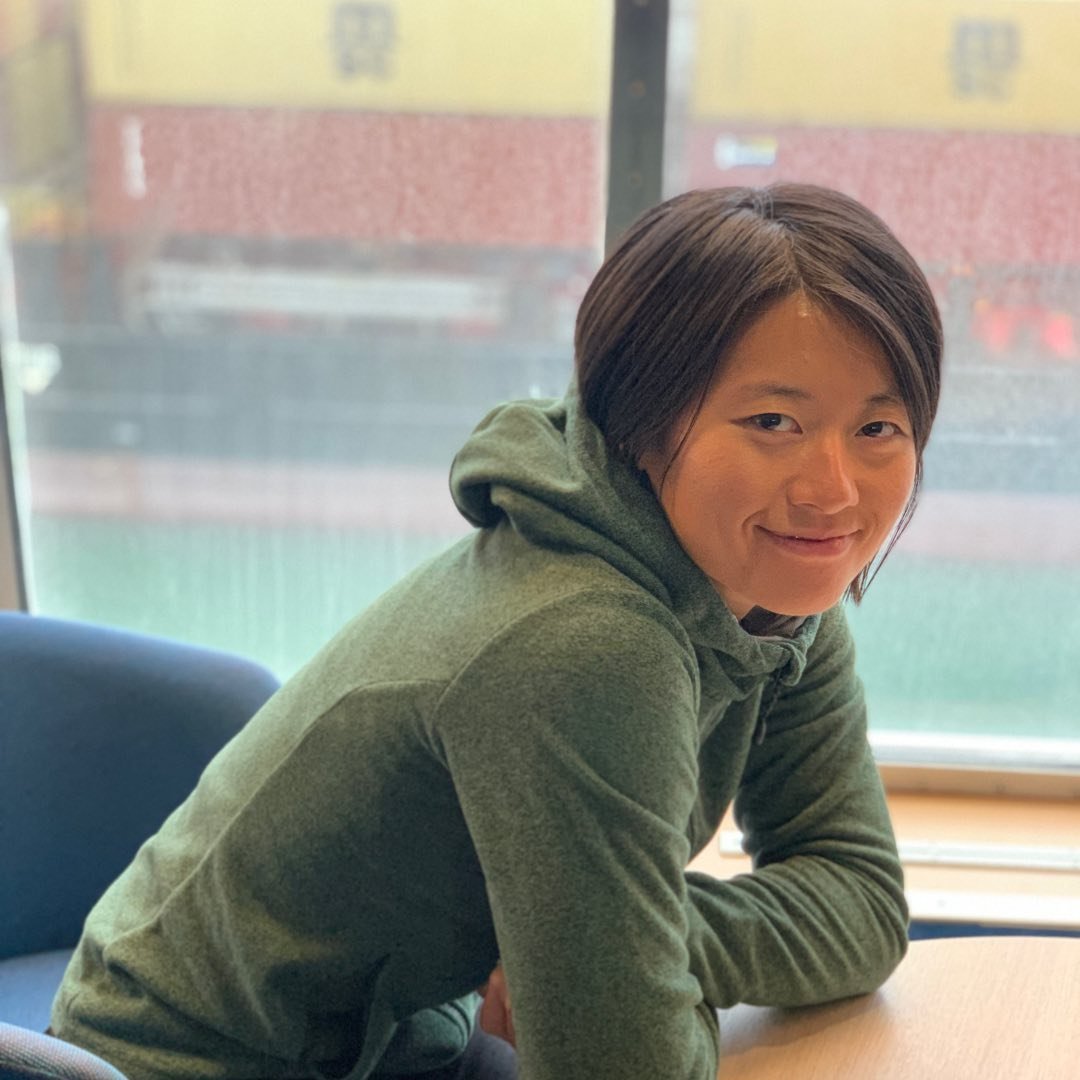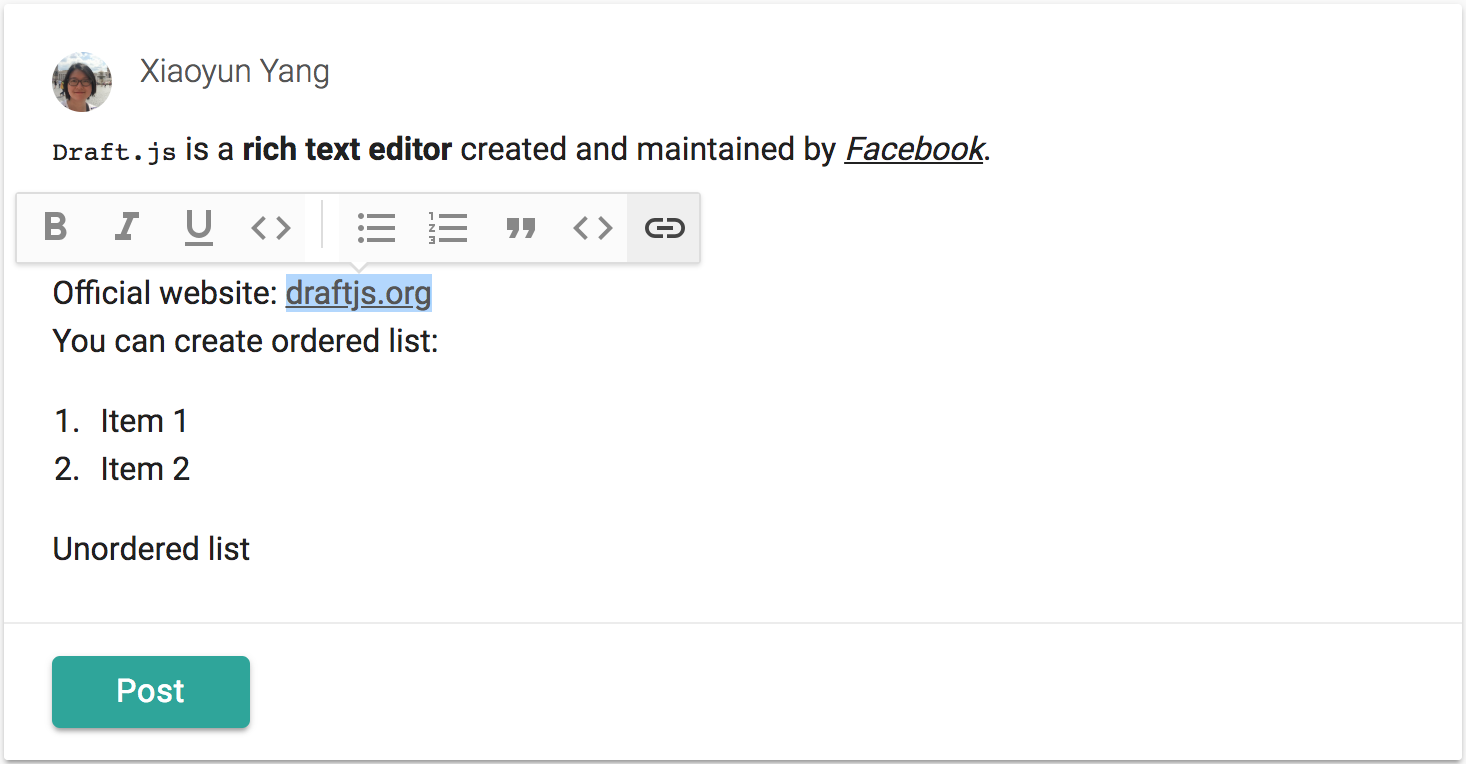The chat app is a table-stakes feature for any dating app. A responsive and reliable messaging experience encourages users to stay on the platform for communications. This is desirable from a trust and safety standpoint, as abusive messages produced on the platform can be effectively moderated and proper actions can be promptly taken.
In this article, we will explore the design of an offline-first chat app on the OkCupid website, in particular, how we achieved responsiveness by implementing optimistic UI design patterns and reliability by incorporating a messages cache to support offline-mode.







